5 Tips for Choosing the Right Blast Nozzle
5 Tips for Choosing the Right Blast Nozzle
Choosing the correct blast nozzle is critical for optimizing your blasting operations, whether you're cleaning surfaces, shaping metal, or preparing surfaces for coatings. Here’s a guide to help you select the most suitable nozzle for your needs:
1. Determine the Desired Blast Pattern
The blast pattern a nozzle produces is key to achieving your blasting goals efficiently. Nozzle bore shapes significantly influence the blast pattern:
Straight Bore Nozzles: These nozzles create a narrow, concentrated blast pattern, making them ideal for precision tasks such as spot blasting, detailed work in blast cabinets, cleaning parts, weld seam shaping, and intricate tasks like cleaning handrails or carving stone. Their focused blast is perfect for smaller, detailed jobs.
Venturi Bore Nozzles: These nozzles generate a wider blast pattern and can significantly increase abrasive velocity, enhancing productivity by up to 100%. Long venturi nozzles are optimal for large surface areas, providing up to a 40% boost in productivity while reducing abrasive use by 40%. Variants such as Double Venturi and Wide Throat nozzles further enhance the blast pattern size and minimize abrasive velocity loss.
Double Venturi Nozzles: These are essentially two nozzles in series with an air gap that allows atmospheric air to mix, resulting in a larger blast pattern with minimal loss of abrasive velocity.
Wide Throat Nozzles: Featuring a large entry throat and a diverging exit bore, these nozzles can increase productivity by 15% over smaller throat nozzles. When used with high pressure, they can produce a blast pattern up to 60% larger with reduced abrasive consumption.
XL Performance Nozzles: These nozzles enhance abrasive particle velocity and allow for a greater stand-off distance, boosting production rates and efficiency.
For tight or hard-to-reach areas, consider Angle Nozzles which are designed for spaces like bridge lattice or inside pipes. Switching to an angle nozzle can save time and abrasive, especially in confined or awkward spaces.
2. Assess Your Compressed Air Supply
Your air supply system must be compatible with your nozzle choice to maintain efficient operation. Follow these guidelines to ensure your system is up to the task:
Capacity and Pressure: The air supply should provide at least 50% more air volume (cfm) than the nozzle's requirement to maintain the desired blasting pressure (typically 100 psi or 140 psi). This extra capacity compensates for wear over time, preventing productivity loss.
Matching Throat Size: The entry throat of the nozzle must match the inside diameter of your air supply hose. Mismatched sizes can cause wear points, pressure drops, and excessive internal turbulence, leading to inefficient blasting and potential equipment damage.
3. Choose the Correct Bore Size
Selecting the right bore size is essential for balancing productivity and air supply. Here’s how to choose:
Determine Available Air: Calculate the air volume available for the nozzle by considering all other air-consuming components like air helmets and pneumatic controls. For instance, if your compressor supplies 375 cfm at 80% capacity, and other uses consume 125 cfm, you have 250 cfm available for the nozzle.
Match Bore to Air Supply: Using the available cfm, select a nozzle bore size that can operate efficiently at your desired pressure. A 7/16" nozzle, for example, requires around 250 cfm to maintain 100 psi. Using a nozzle larger than what your air supply can handle will reduce efficiency, while a smaller bore might underutilize your compressor, both affecting productivity.
4. Select Appropriate Nozzle Material
Nozzle material should be chosen based on your abrasive type, blasting frequency, job size, and site conditions, for example we have the following:
Ceramic Nozzles: These are cost-effective for low-usage applications where upfront costs are a concern, and extended nozzle life is less critical. They provide a good balance of price and service life for less frequent blasting.
Tungsten Carbide Nozzles: Known for their durability and economy, these nozzles are ideal for tough environments where rough handling is common, and mineral or coal slag abrasives are used. High-quality tungsten carbide nozzles, like those from Kennametal, offer superior wear resistance and longevity.
Each material has its pros and cons, so choose based on the specific demands of your blasting operations and the abrasives you use.
5. Factor in Special Requirements
Consider any unique needs or constraints in your blasting operations:
Angle Nozzles: Essential for blasting in tight, hard-to-reach areas. They can significantly improve efficiency in confined spaces by reducing the need for ricochet and speeding up the process.
Specialized Nozzles: Some applications might benefit from nozzles designed for specific tasks, such as those with enhanced wear resistance for high-abrasive environments or nozzles optimized for high-pressure applications.
By evaluating these factors, you can select a blast nozzle that maximizes efficiency, minimizes abrasive use, and meets your operational requirements.
Choosing the right blast nozzle is a balance of understanding your project needs, the capabilities of your air supply, and the specifics of the nozzle design. With these tips, you’ll be equipped to make an informed decision that enhances your blasting efficiency and productivity.
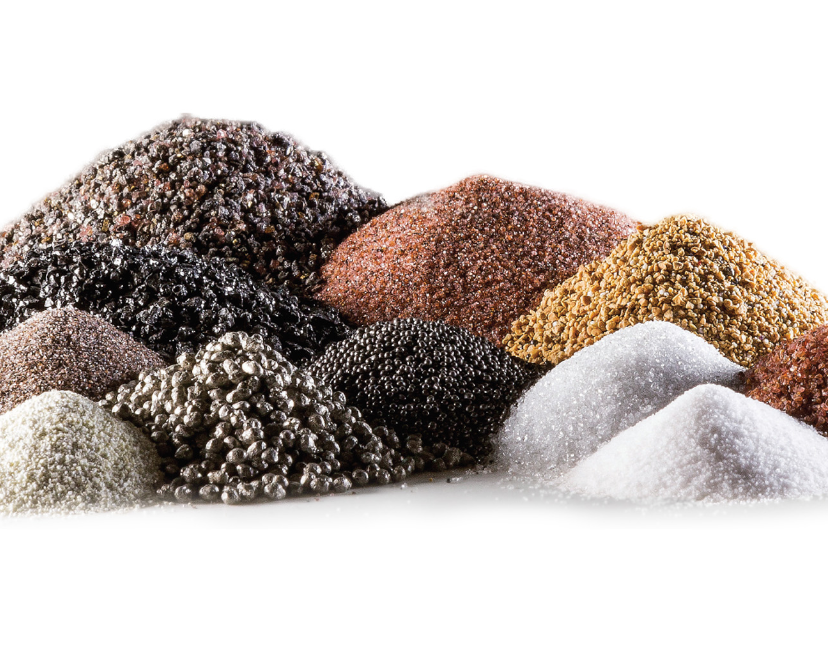 Sandblasting Abrasives
Sandblasting Abrasives
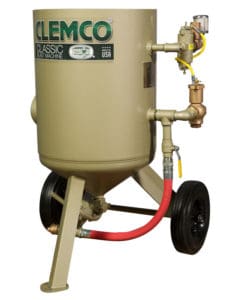 Blast Pot Machines
Blast Pot Machines
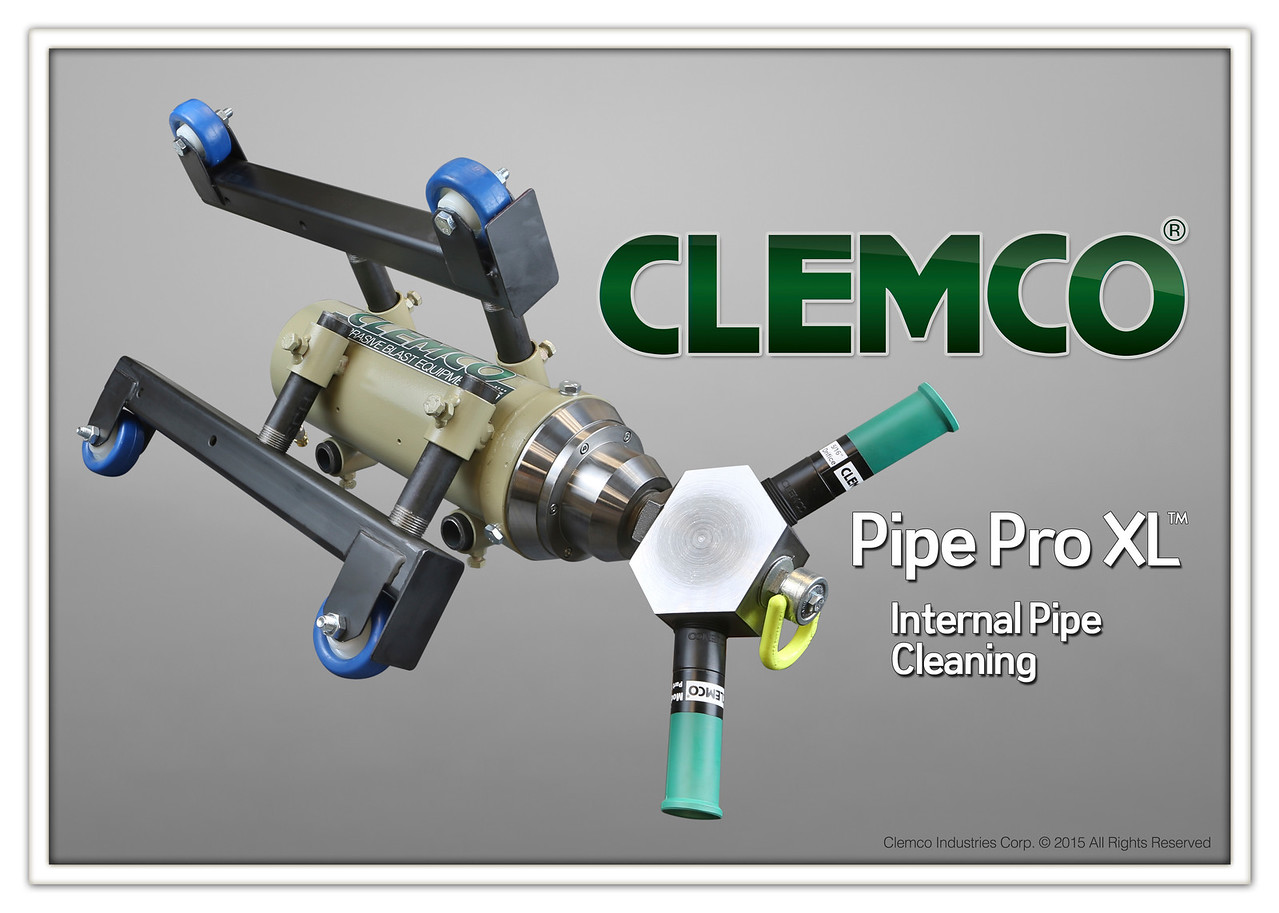 Alternative Blasting Machines
Alternative Blasting Machines
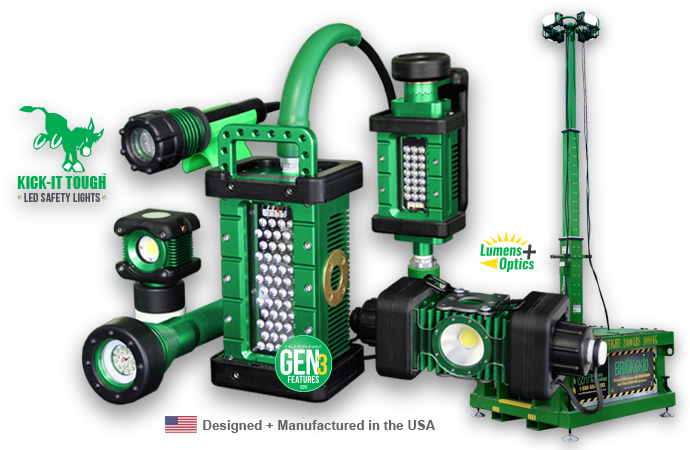 Blast Lighting
Blast Lighting
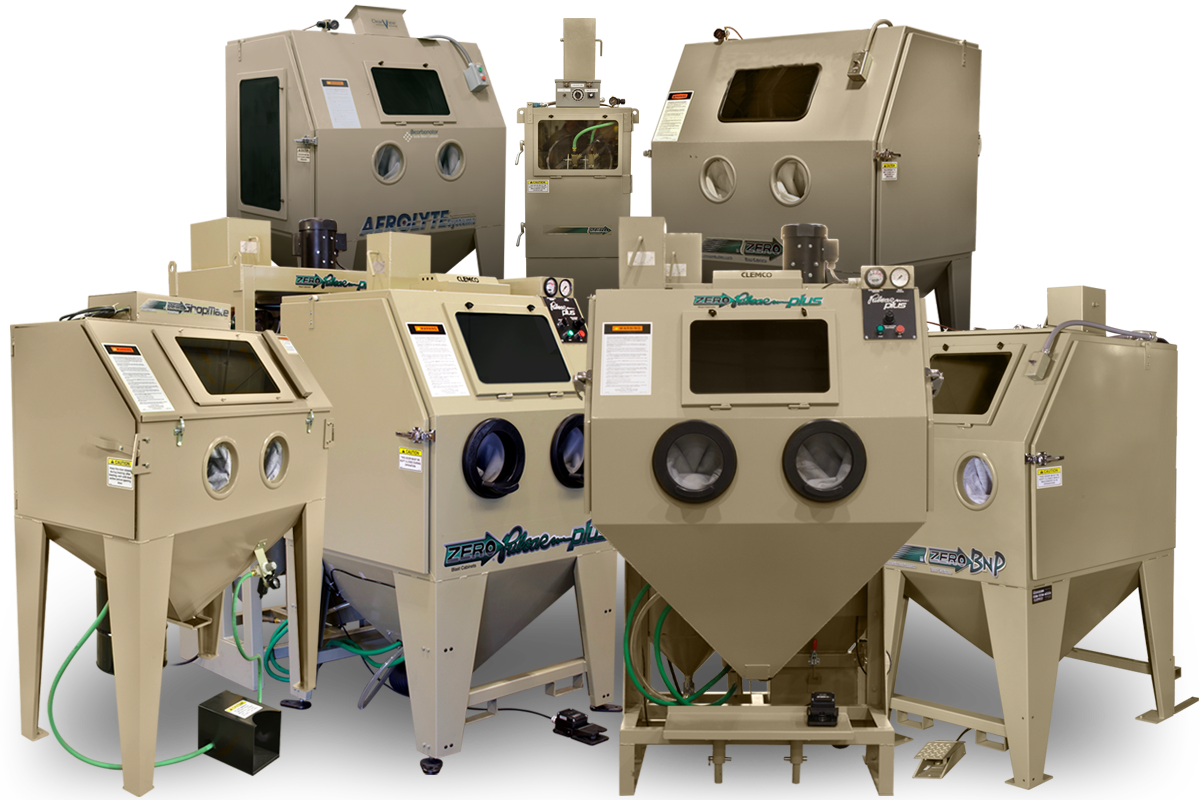 Blast Cabinets
Blast Cabinets
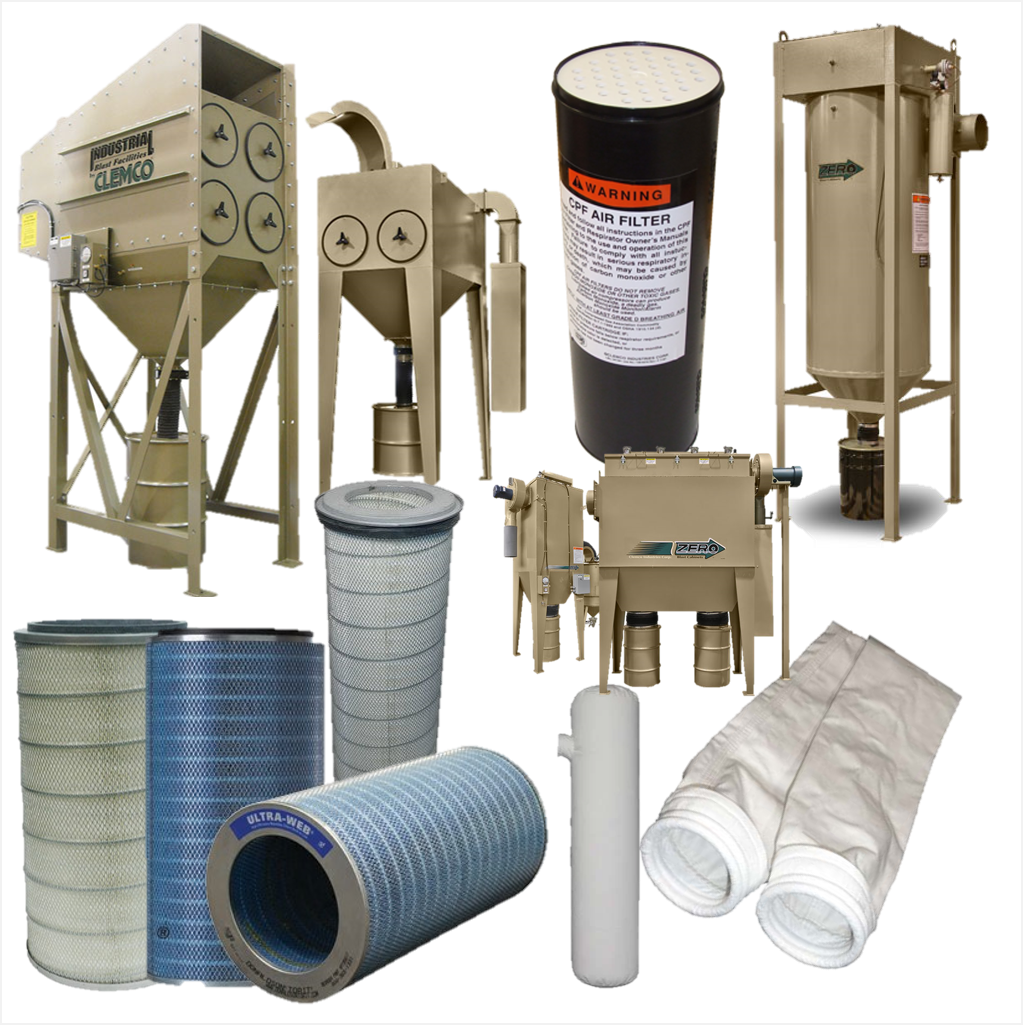 Dust Collectors
Dust Collectors
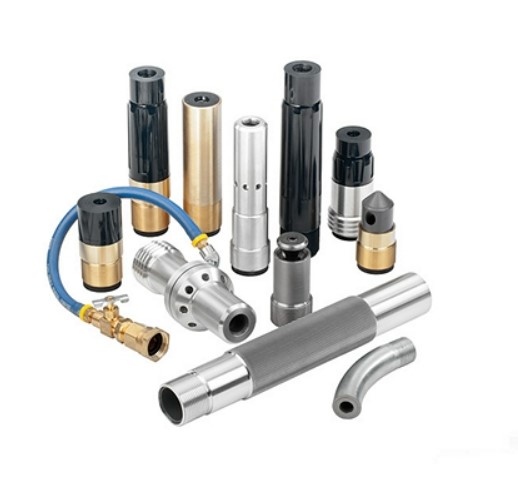 Blast Nozzles and Holders
Blast Nozzles and Holders
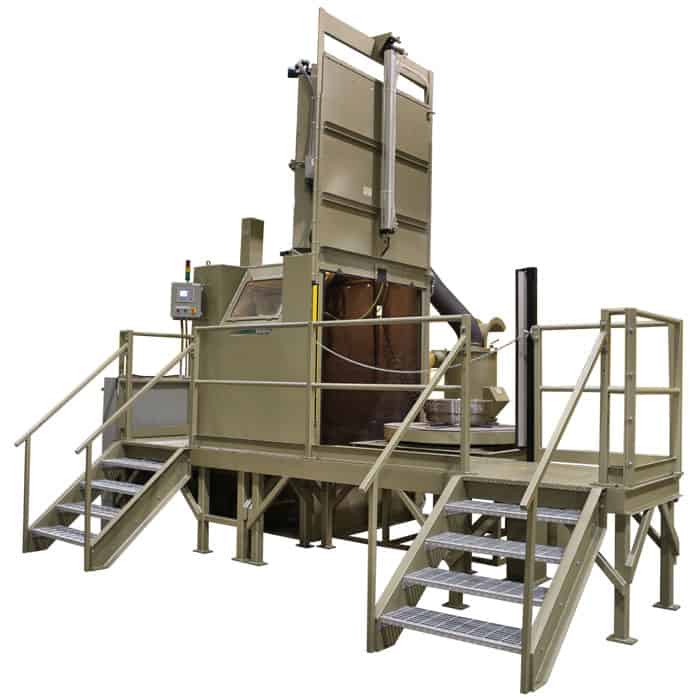 Automation
Automation
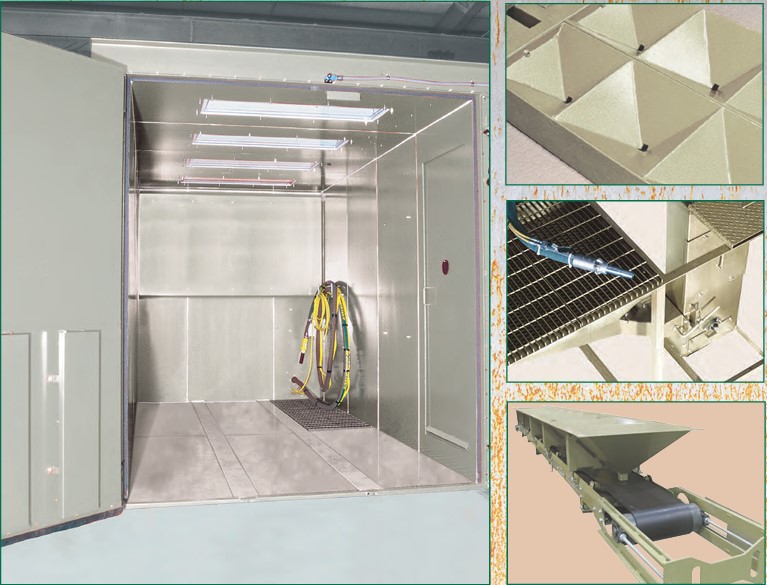 Industrial Blast Facilities
Industrial Blast Facilities
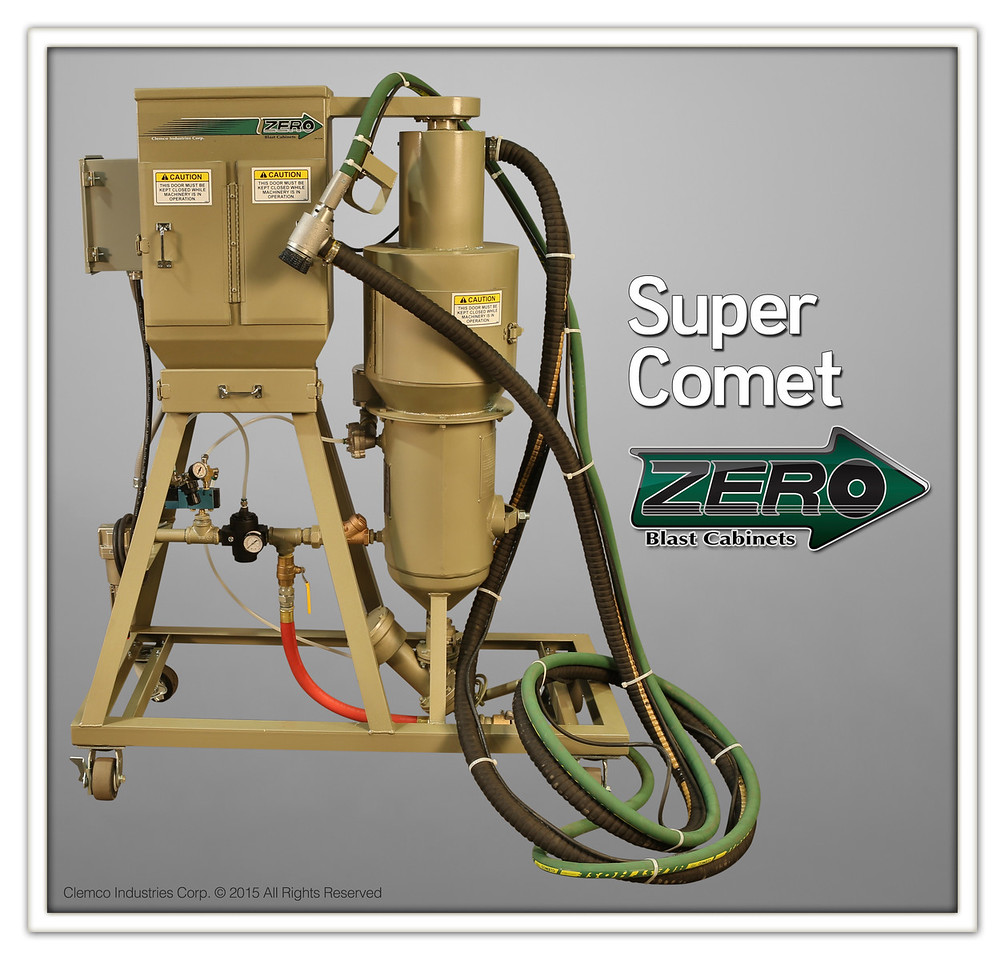 Specialty Equipment
Specialty Equipment
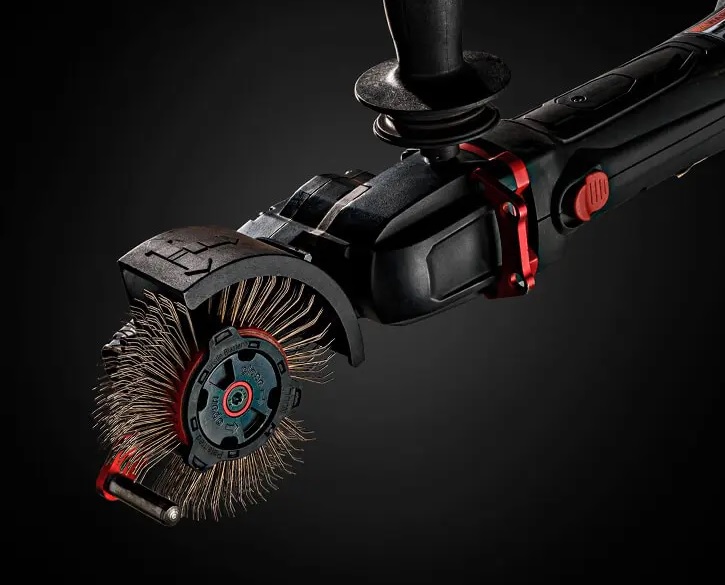 MontiPower Surface Equipment & Parts
MontiPower Surface Equipment & Parts
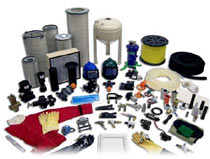 Replacement Parts & Supplies
Replacement Parts & Supplies
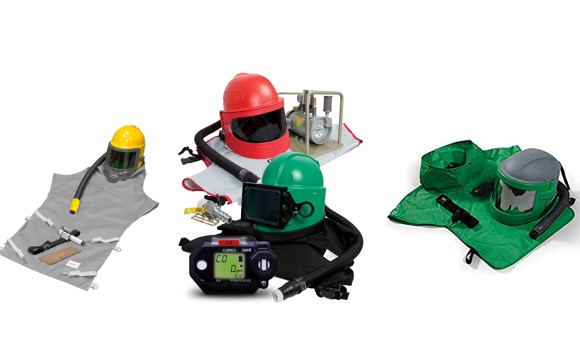 Blast Helmets & Accessories
Blast Helmets & Accessories
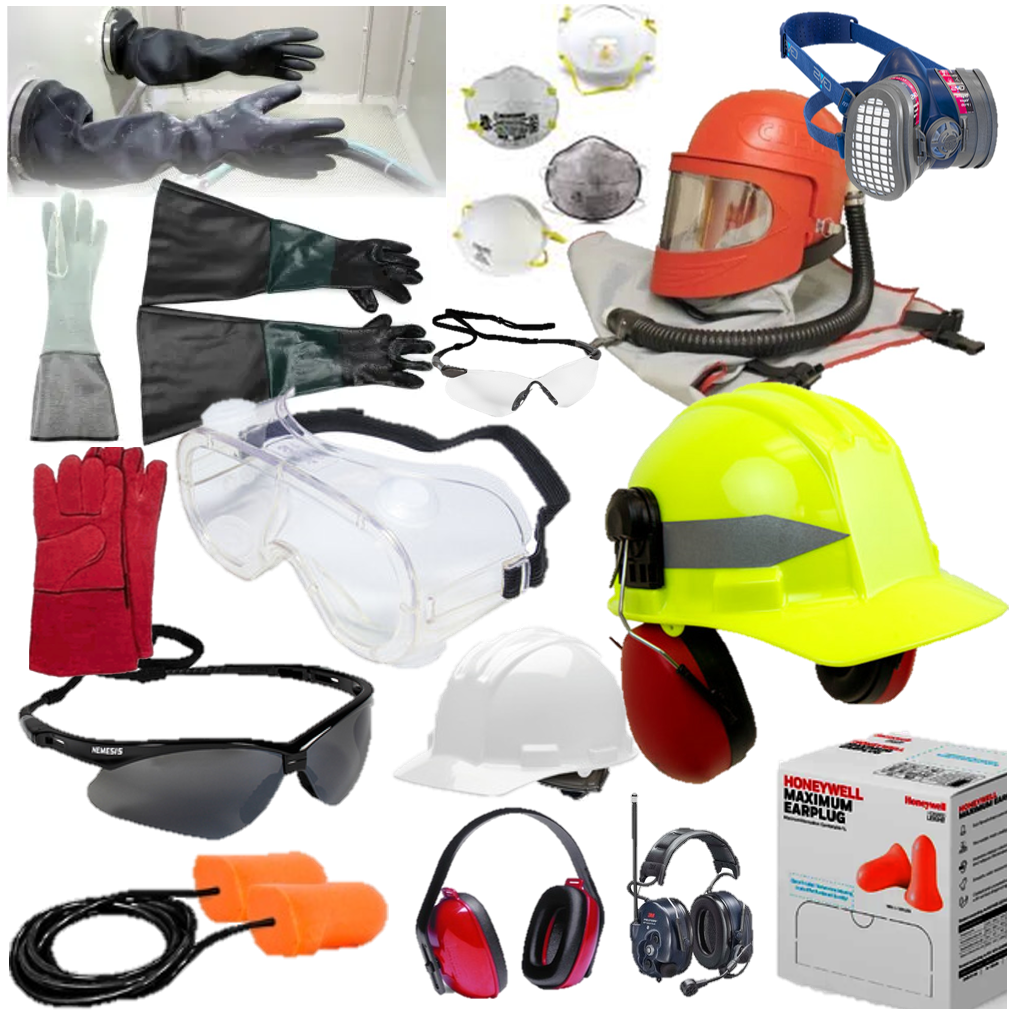 Safety Accessories
Safety Accessories
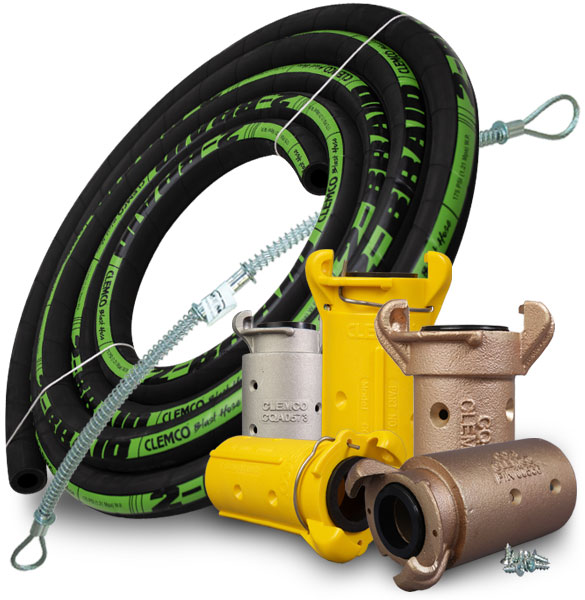 Hoses and Couplings
Hoses and Couplings
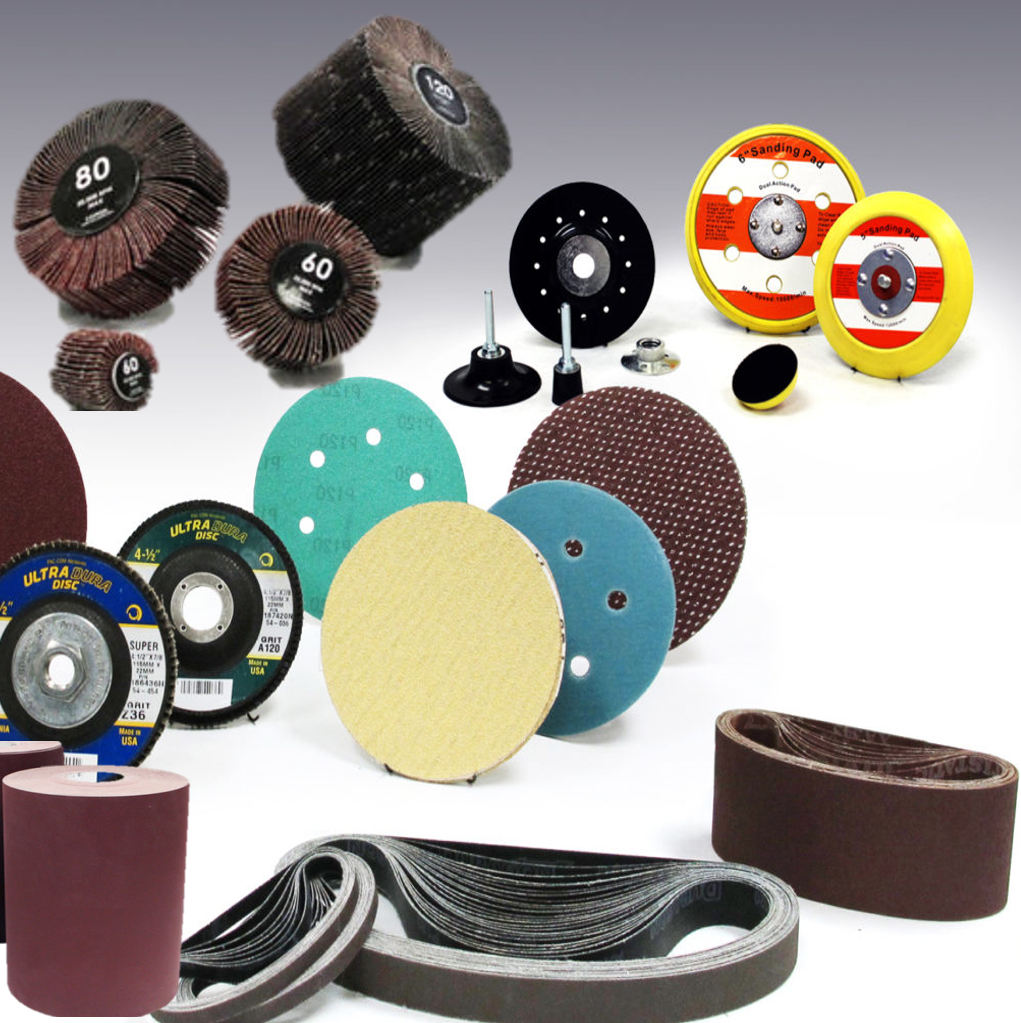 Abrasives Sanding Belts and Disc
Abrasives Sanding Belts and Disc
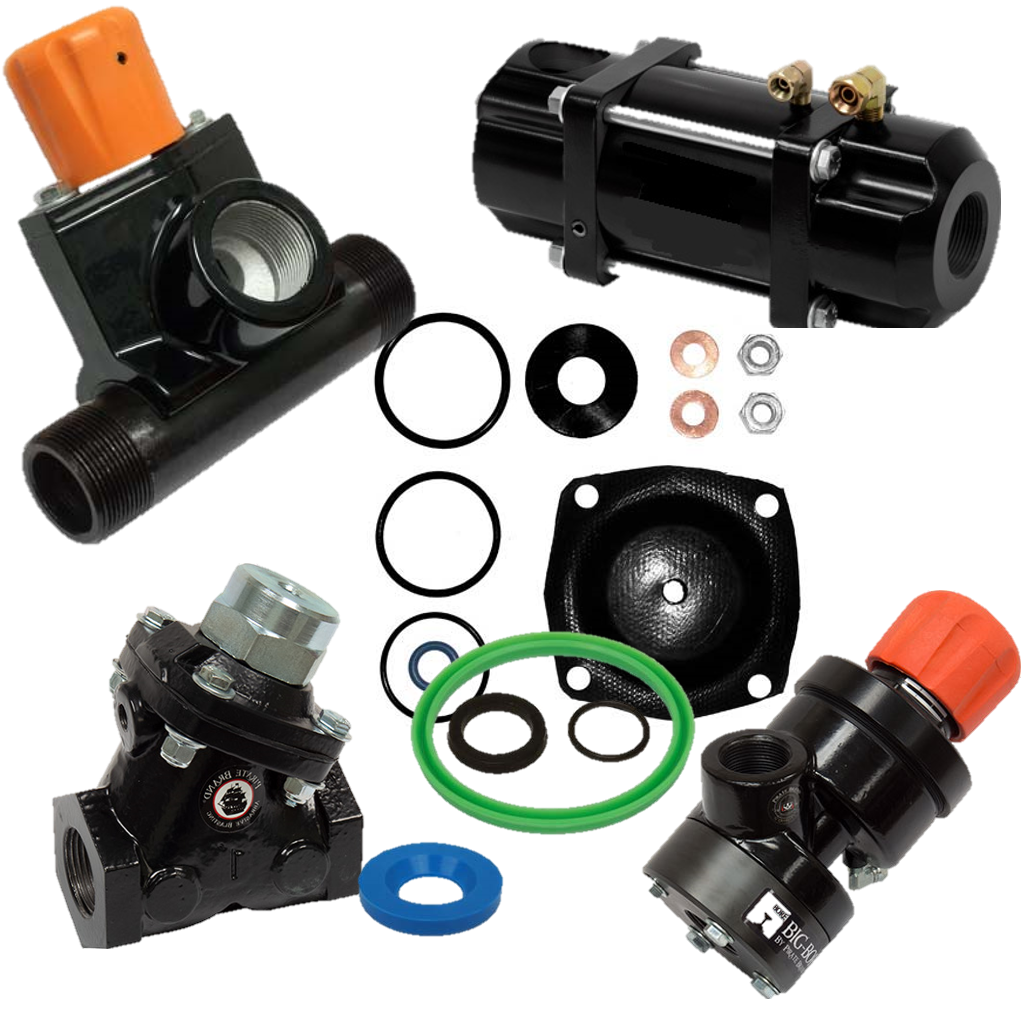 Schmidt MFG Valves and Parts
Schmidt MFG Valves and Parts